The Science Behind Vacuum Brazing Technology
Vacuum brazing technology represents a significant advancement in joining diamond abrasives to metal surfaces. This process is pivotal due to its ability to create strong, durable bonds needed for applications in the construction and manufacturing sectors. Here's how it works:
Filler Material: A low melting-point filler metal, such as an alloy of nickel or copper, is crucial for bonding diamond particles to metal substrates.
Vacuum Chamber: The process occurs in a vacuum chamber, eliminating air and preventing oxidation, which leads to cleaner, stronger joints.
Applications: Known for its durability, vacuum brazing enhances the effectiveness of diamond drill bits used for materials like glass, granite, marble, and porcelain tile.
The advantages and flexibility of vacuum brazing continue to influence industries requiring precise and reliable tools, such as diamond core drill bits and specialized brazed diamond tools.
Key Advantages of Vacuum Brazed Cutting Blades
Enhanced Durability for Long-Term Use
Vacuum brazed cutting blades are engineered to maintain their structural integrity over extended operational periods, reducing the frequency of replacements. Studies indicate that vacuum brazing improves bond strength compared to alternative methods, resulting in a lifespan increase of up to 40%. This durability is especially significant in high-pressure applications, where traditional blades might fail prematurely.
Precision Cutting Performance
Vacuum brazed cutting blades offer exceptional precision due to their design, allowing for clean cuts with minimal chipping. They are particularly effective in applications involving delicate materials, such as glass and porcelain tiles, which require high precision. For instance, when using diamond drill bits for glass or porcelain tile, vacuum brazing results in smoother edges and reduced material waste. Research shows that the tolerance levels achieved with vacuum brazed blades can lead to efficiency improvements by reducing waste, ensuring materials are utilized effectively, and maintaining quality control.
Superior Heat Resistance
The vacuum brazing process enhances the thermal properties of the cutting blades, enabling them to withstand higher temperatures. This heat resistance minimizes the risk of blade warping and prolongs tool life, particularly in high-speed applications. Industry analyses suggest that users may experience reductions in overheating issues by as much as 30% when employing vacuum brazed blades versus traditional options. As a result, these blades maintain their cutting efficacy even under severe conditions, supporting demanding projects without compromise.
Material Versatility: From Glass to Granite Applications
Cutting Hard Materials: Granite, Marble, and Concrete
Vacuum brazed blades stand out for their effectiveness in cutting hard materials such as granite, marble, and concrete. These materials are commonly used in both construction and decorative applications, requiring a blade that can handle extensive cutting without losing sharpness. The properties of vacuum brazing technology offer a distinct advantage as it helps blades maintain their edge for longer durations, making them ideal for sustained use. Using diamond core drill bits made through vacuum brazing can significantly enhance productivity and cost-effectiveness. This is supported by statistical data indicating improved performance when compared to traditional methods, contributing to more efficient project timelines and reduced resource expenditure.
Delicate Applications: Glass and Porcelain Tile
When working with delicate materials like glass and porcelain tile, the precision offered by vacuum brazed blades becomes crucial. These blades are specifically designed to minimize the risk of cracks or chips, ensuring a flawless finish. Vacuum brazing allows for the production of diamond drill bits that combine both strength and subtlety, tailored for these sensitive applications. Consumer feedback consistently highlights higher satisfaction and a superior quality finish when using vacuum brazed diamond drill bits for porcelain tiles. This satisfaction is attributed to the precision and reliability of the blades, making them a preferred choice for tasks demanding meticulous attention to detail.
Vacuum Brazing vs. Traditional Blade Technologies
Electroplated Blades: Limitations in Bond Strength
Electroplated blades, commonly used across various industries, often face significant limitations in bond strength due to their manufacturing process. This results in a reduced ability to withstand demanding environments, particularly in high-stress applications. Vacuum brazed blades, however, offer a substantial 50% increase in bond durability demonstrated by stress tests, making them a superior choice. Many industry experts support the transition to vacuum brazing technology to achieve enhanced performance and precision, especially when cutting intricate materials.
Sintered Blades: Challenges in Heat Management
Sintered blades are known for their robustness and are widely used in heavy-duty applications. However, they often encounter challenges related to heat management, which can lead to blade failure during prolonged use. In contrast, vacuum brazed technology excels in dispersing heat effectively, ensuring blades can operate for extended periods without risking degradation. Industry tests confirm that vacuum brazed blades maintain optimal temperatures during operation, promoting efficiency and minimizing operational risks. This technology not only ensures longevity but also improves the overall cutting performance, making it invaluable for various industrial applications.

